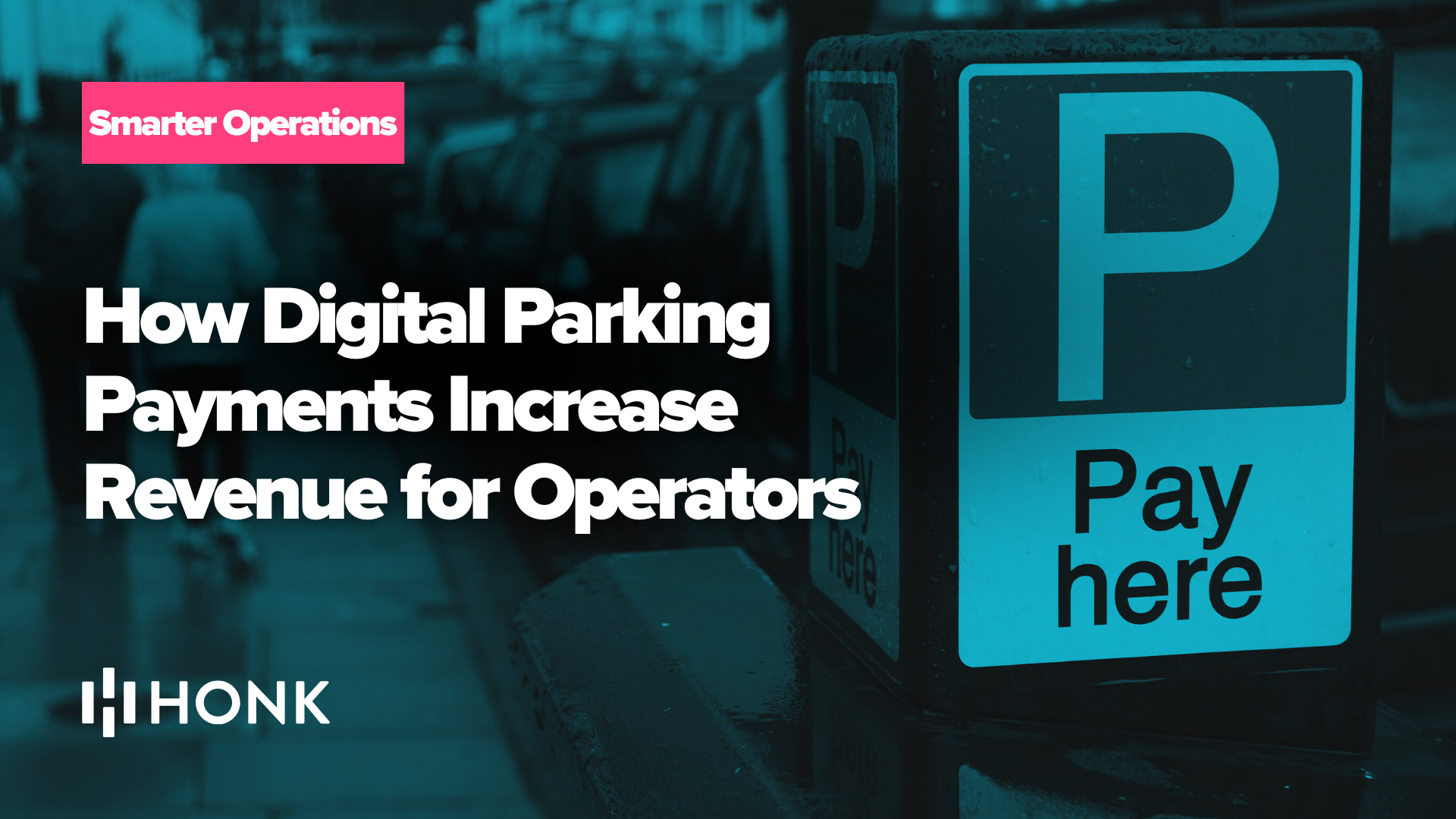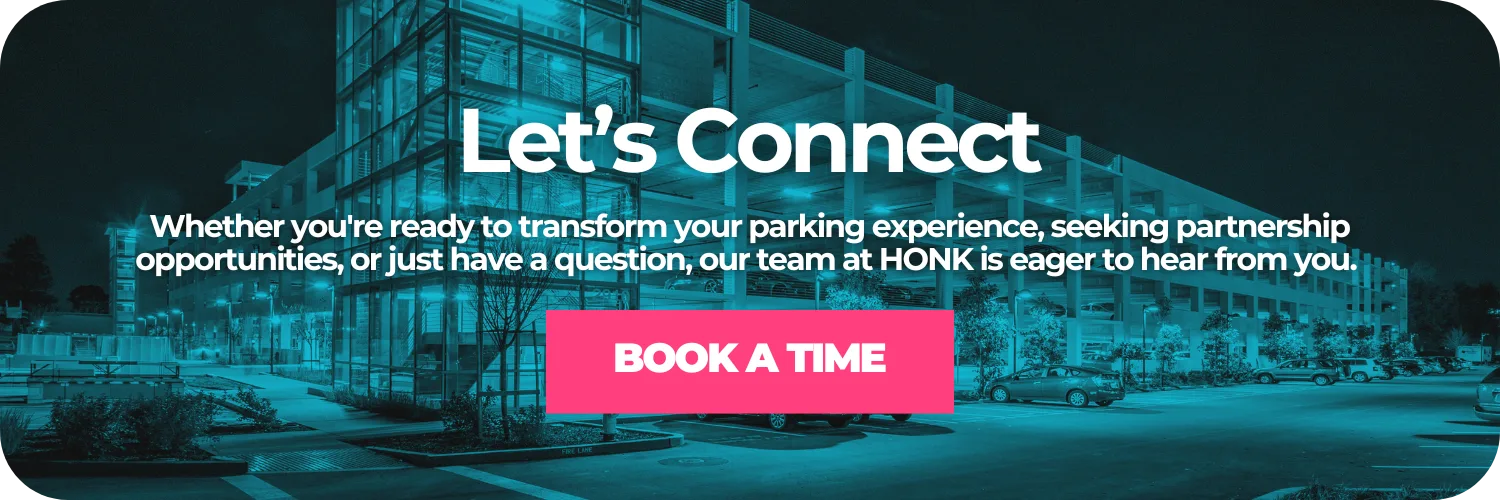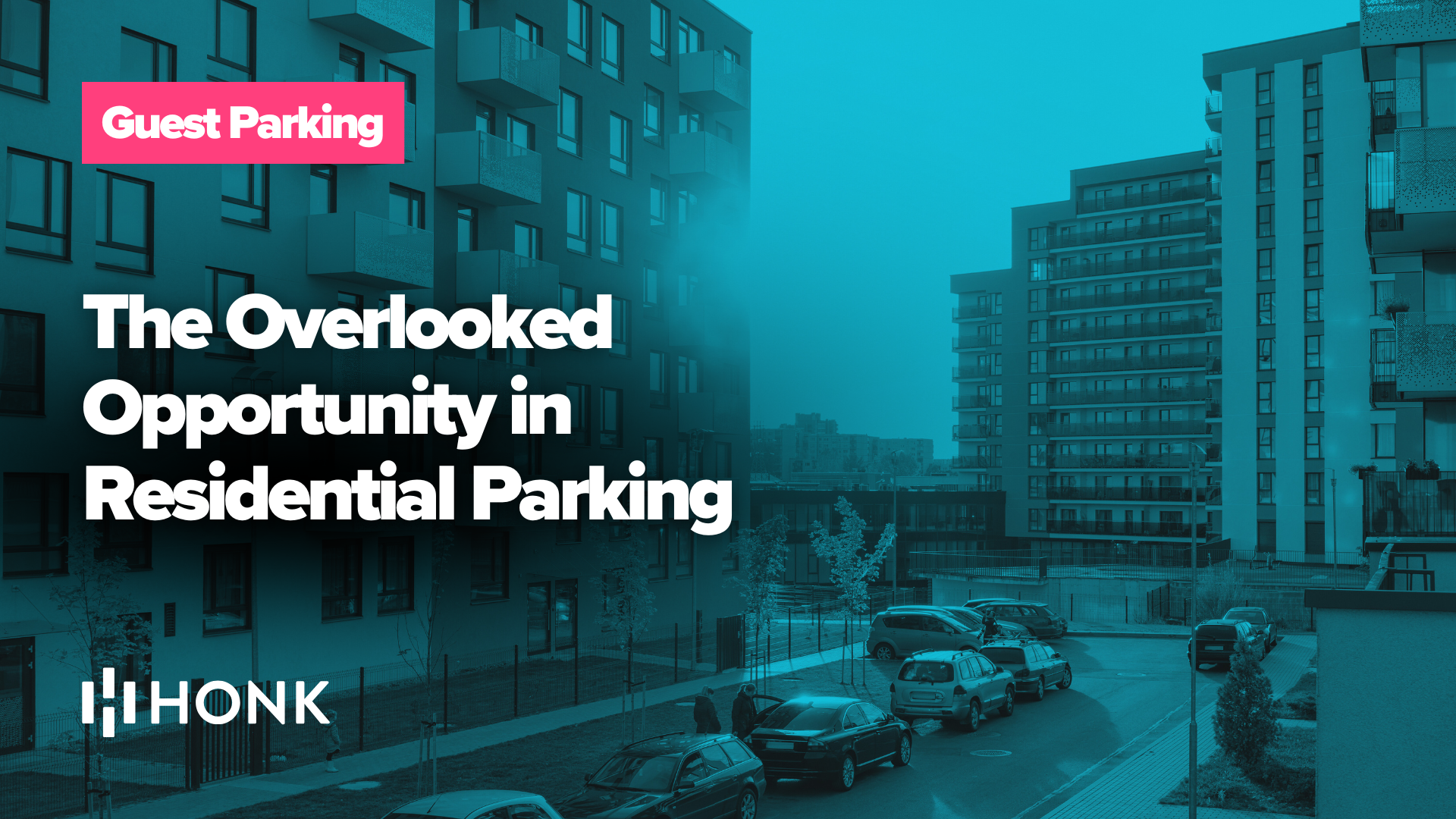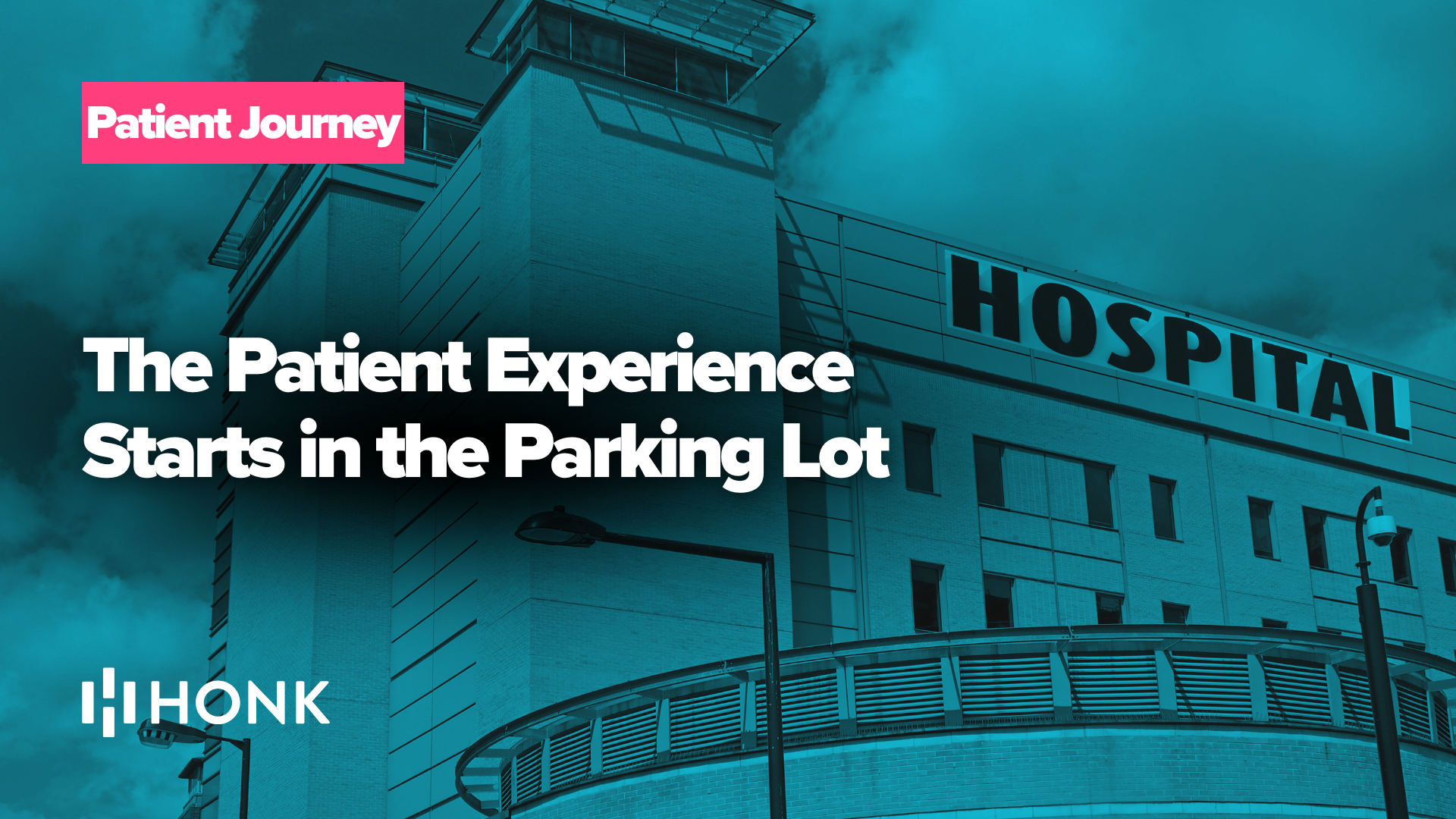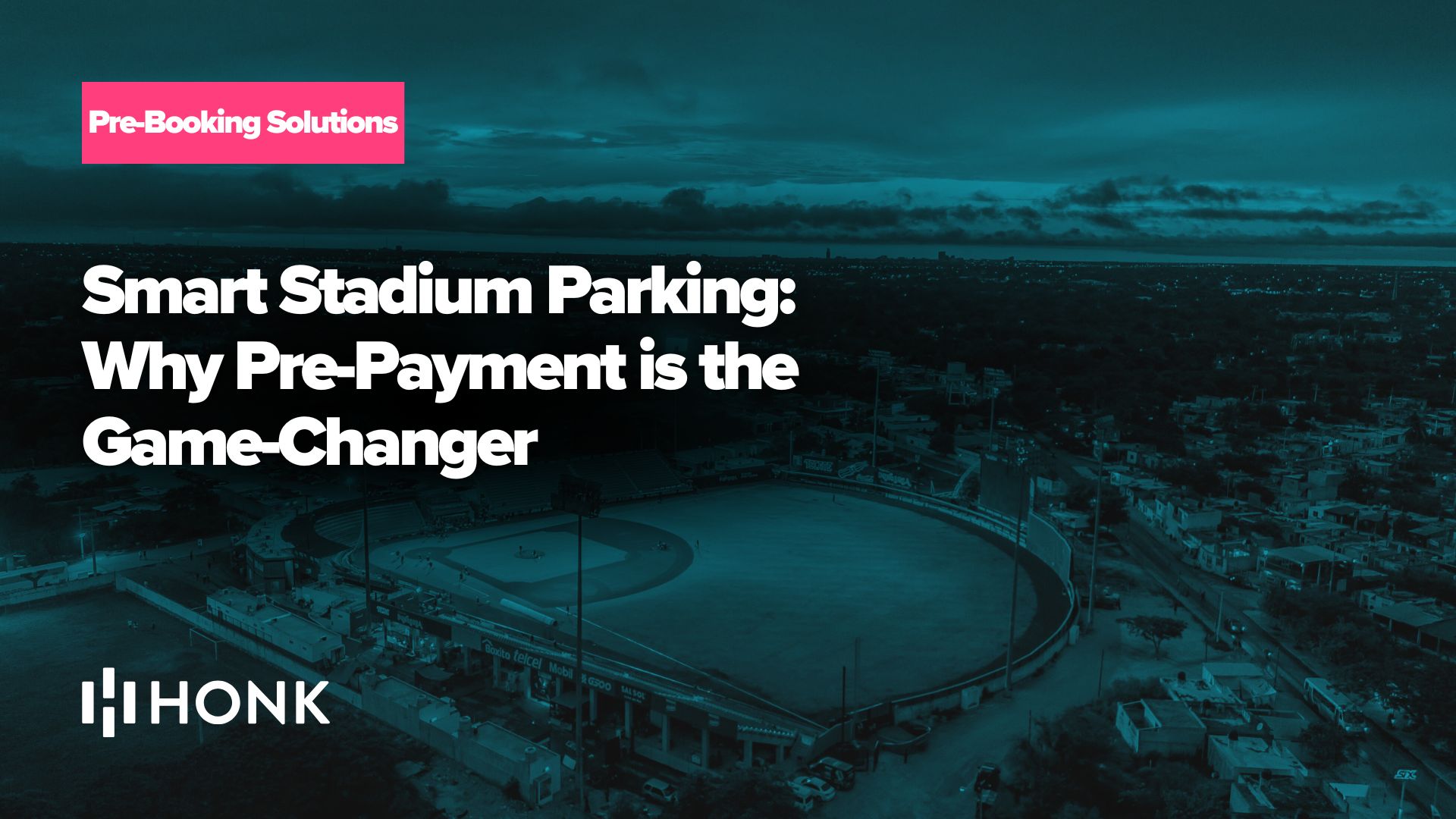The parking industry has changed more in the past five years than in the previous fifty. No longer is parking just about asphalt, ticket machines, and gates. Today it’s a connected revenue ecosystem — driven by data, mobile technology, automation, and customer expectations for convenience and speed. For parking operators, universities, municipalities, and private lot owners, the shift to digital parking payments is no longer optional. It’s one of the most effective ways to significantly increase revenue, enhance payment compliance, lower operational costs, and gain better control over financial performance.
Digital parking payments eliminate the friction of coins, broken pay machines, or drivers skipping payment because the process takes too long or requires downloading an app during a stressful moment. Instead, drivers can pay in seconds by scanning a QR code, tapping to pay, sending a text, or using a mobile wallet. It feels seamless to the customer — but for operators, it means higher revenue capture, reduced leakage, lower hardware costs, and real-time business intelligence.
Companies like HONK have built flexible, modern payment technology designed specifically for parking operators. Their platform offers solutions that support mobile, contactless, web-based, and text-to-park payments without requiring drivers to download an app. Parking providers interested in modernizing operations can explore tools directly from the HONK homepage.
This blog explains how digital parking payments directly increase revenue and why more operators are making the switch.
Traditional Parking Payments: Where Revenue Gets Lost
Legacy payment systems rely on physical pay stations, meters, coin machines, and outdated machines that require drivers to find the terminal, wait in line, enter license plate information, and print tickets. These systems create several revenue problems:
- If a pay station is broken or jammed with coins, revenue is lost until it’s repaired.
- If drivers don’t have cash or coins, they leave without paying.
- If a machine is too far, confusing, or offline, potential customers abandon the process.
- If there is no mobile option, operators miss out on revenue from customers who prefer digital payment.
- Cash handling increases risk of revenue leakage, theft, and accounting errors.
Digital parking payments solve these issues. The easier it is for drivers to pay, the more they will pay — and the more consistently operators collect revenue.
What Digital Parking Payments Include
Digital parking payments aren’t just “pay by phone apps.” The solutions today are far more flexible and don’t force drivers to download or install anything. Common payment types include:
- QR code scan-to-park: Drivers scan signage, enter vehicle details, and pay in seconds.
- Text-to-park: Drivers send a simple SMS code to start a session.
- Web-based checkout: Opened through browser, not an app store.
- Contactless tap-to-pay using phone or credit card.
- Mobile wallets like Apple Pay and Google Pay.
Unlike older app-only parking systems, these solutions are frictionless and compatible with any smartphone. That’s why payment compliance increases — and revenue follows.
For operators wanting to integrate these technologies with their existing operations, digital-first solutions are available through HONK’s payment solutions.
How Digital Parking Payments Increase Revenue
Higher Payment Compliance
The biggest revenue boost comes from removing excuses not to pay. When parking payment is fast, optional app downloads disappear, and any driver can pay using familiar tools on their phone, compliance rises. More people pay — and they pay on time. This increases daily revenue without adding more spaces or increasing enforcement.
Reduced Hardware Downtime
Traditional meters and pay machines cost thousands of dollars each and require constant maintenance. Every time one breaks or freezes in harsh weather, operators lose revenue. Digital parking allows operators to replace or supplement kiosks with signage, QR codes, or text instructions. This eliminates downtime and increases transaction consistency.
Lower Operational Costs
Cash handling is expensive, time-consuming, and risky. Operators must schedule staff to collect coins, repair machines, and manage ticket rolls. With digital systems, revenues are sent directly to operators through secure electronic transactions. Operating expenses decrease, profit margins increase, and staff can focus on customer service rather than coin collection.
Dynamic Pricing and Revenue Optimization
Static parking signs make it impossible to adapt pricing to demand. Digital payment platforms allow operators to adjust rates instantly for peak hours, special events, weekends, or seasons. This demand-based pricing increases revenue from high-demand times while keeping occupancy high during slower hours.
For operators who want to implement dynamic pricing and automation, HONK’s modern tools are available within their parking software platform.
Longer Stays and Remote Session Extensions
One of the most overlooked revenue drivers is remote session extension. With digital parking, drivers can receive an alert that time is expiring and extend their session from their phone. They no longer need to return to the vehicle. This reduces unpaid tickets and generates more revenue per parked vehicle.
Enhanced Enforcement Accuracy
Digital payments link parking sessions to license plates, not paper tickets. Enforcement teams use license plate scanning to verify if a vehicle has paid. This eliminates ticket-sharing, fake receipts, and reduces disputes. More accurate enforcement increases revenue recovery while reducing customer complaints.
Real-Time Data and Analytics
Profitability isn’t just about more payments — it’s about smarter operations. Digital platforms collect live data on occupancy, payment duration, revenue by location, peak times, and more. Operators can use this data to adjust staffing, enforce rules efficiently, and forecast revenue trends. This level of insight is available through HONK’s business intelligence solutions.
Use Cases: Who Benefits Most?
Municipalities
Cities benefit from increased payment compliance and easier enforcement. Digital parking also reduces the cost of meter maintenance and improves turnover in commercial zones. Municipalities wanting a smooth transition to this model can explore solutions through HONK’s municipal parking tools.
University and College Campuses
Students and staff demand convenience. Digital payment lets them pay from their phones, renew sessions remotely, and avoid lines at pay machines. It also helps campus administrators manage permit data and enforce rules efficiently. Universities exploring updates can find solutions at HONK’s campus parking page.
Private Operators and Lot Owners
For privately owned lots and garages, profit margin matters. Digital payments reduce hardware investment, increase occupancy, boost compliance, and automate revenue tracking. These benefits make a major impact in competitive markets.
Customer Experience Drives Repeat Revenue
Parking is often the first and last touchpoint when visiting a campus, hospital, airport, or event. If paying feels like a hassle, it influences the entire experience. Digital payments create a smoother, stress-free interaction that increases satisfaction and encourages return visits.
Even small improvements — like eliminating the need to find a machine — can turn a one-time parker into a loyal customer. Better customer experience directly supports higher long-term revenue.
Sustainability and Long-Term Cost Savings
Digital parking payments also support sustainability goals. They eliminate printed tickets, paper receipts, plastic permits, and reduce fuel emissions from collection vehicles. They also reduce manufacturing and disposal of metal and plastic parking hardware. Operators save costs while supporting environmental commitments — a growing requirement for cities, campuses, and businesses.
Future Growth: EV Charging and Mobility Hubs
Digital payments prepare operators for the next phase of transportation. EV charging stations, curbside reservations, ride-share zones, loading bays, and mobility hubs all rely on digital transactions. With a connected payment platform, parking operators can expand into new revenue streams without replacing infrastructure.
How Operators Can Start
Launching digital parking is simpler than replacing meters or installing gates. Most operators begin with signage and QR codes, then expand to full mobile and text-to-park support.
Typical steps include:
- Identifying a lot or garage with high foot traffic or broken meters
- Installing QR or text-to-park signage
- Training enforcement to use digital verification
- Monitoring revenue, compliance, and customer adoption
- Expanding across all properties
For more examples, operators can explore success stories and news on HONK’s blog.
The Final HONK
Digital parking payments are one of the simplest and most effective ways for parking operators to increase revenue. By reducing friction for customers, eliminating hardware downtime, enabling dynamic pricing, improving enforcement accuracy, and delivering actionable data, digital payments help operators earn more without adding spaces or equipment.
This shift is not just about technology — it’s about profitability, efficiency, and creating a better experience for every driver. Whether you manage municipal parking, campus lots, private garages, or commercial real estate, adopting digital payment systems is a strategic move that future-proofs your business.
With platforms like HONK, operators can modernize quickly, scale easily, and start generating more revenue with less manual effort. The parking industry is moving forward — and digital payments are leading the way.

